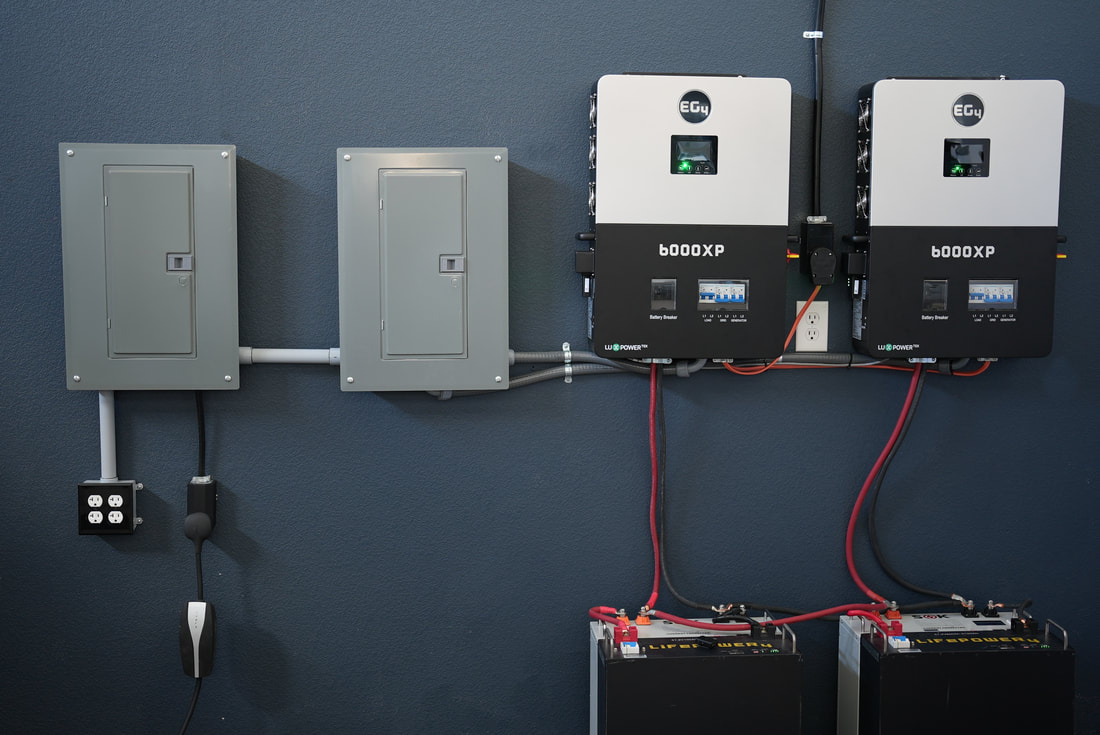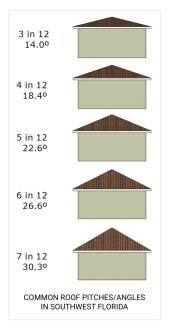
48V Offgrid Solar Power System
If you wish to build the ultimate offgrid solar power system, look no further: All-in-one units make setup a breeze. Each unit has it's own Inverter, MPPT, Transfer Switch and Battery Charger. Budget...
www.mobile-solarpower.com

I'm planning on building mostly the off-grid system depicted above to charge/supplement an EV and be an emergency backup for the house.
The equipment is going in a new, currently un-insulated 10x12 wooden shed. I live in Virginia. I am planning on doing some insulating and modifications to the shed but as I decide what I want or need to do, my questions are as follows:
What are the realistic temperature limits I should be worried about for all the equipment to play nice. The operating temperature limits listed for the inverters and batteries are similar. How respectful do I need to be of those limits or should I be even more confined? Are there any solutions more specific to the batteries than climate control for the entire shed. (heated/cooled cabinets for example.)
The shed is painted white but has dark colored asphalt shingles and is not shaded. Its just a guess but I am thinking without ventilation it would be 10-15 degrees hotter inside during the summer. Would an exhaust fan that keeps the inside of the shed the same temperature as the outside be sufficient for a Virginia summer? What are the options in the winter to heat just the batteries vs. the entire shed?
Sidenote: I recently replaced the lead-acid battery in my RV with a CHINS smart LFP. It self heats prior to charging in the winter but it is located in a black tongue box. I had planned on painting the box white prior to summer but this discussion has me wondering if additional ventilation should be needed? Thoughts?
I don't drive my EV every day but somedays I will almost empty the battery. It is hard to say if this system is scaled correctly or not against its purpose to be an emergency back and a supplement, but generally speaking I think I will be over paneled in the summer and under paneled during winter. There is no specific number I am aiming at.

Preorder - BlueSun 460W Half-Cell Bifacial Solar Panel (Silver) | Up to 575W with Bifacial Gain
Signature Solar provides solar panels, off-grid solar systems, grid-tie, and hybrid systems. Quality solar inverters, bifacial solar panels, complete solar kits, solar batteries. Featuring brands such as EG4 Electronics with their solar battery, LifePower4 and EG4 LLifePower4 and EG4 LL
 signaturesolar.com
signaturesolar.com
I have 16 of these 575w bifacials that will be mounted against a south facing fence at approximately a 45 degree angle to the ground. They will be on top of white gravel so there should be lots of reflection for the back side. I am pondering the benefit when doing the install of adding a modification that would allow the tilt angle to be changed throughout the year but I perceive I am well over paneled for the summer months. But if I add more batteries at a future time how much benefit (is it worth it) to make the panels adjustable at this time.
For my zipcode:
Your optimal tilt angles by season:
- Spring: 31°
- Summer: 16°
- Fall: 31°
- Winter: 46°
Thanks in advance for all the thoughtful replies. Appreciate it.
My average EV use over the last year was 25kwh per day, but that is average. Some days it is 5 other it is 90.



